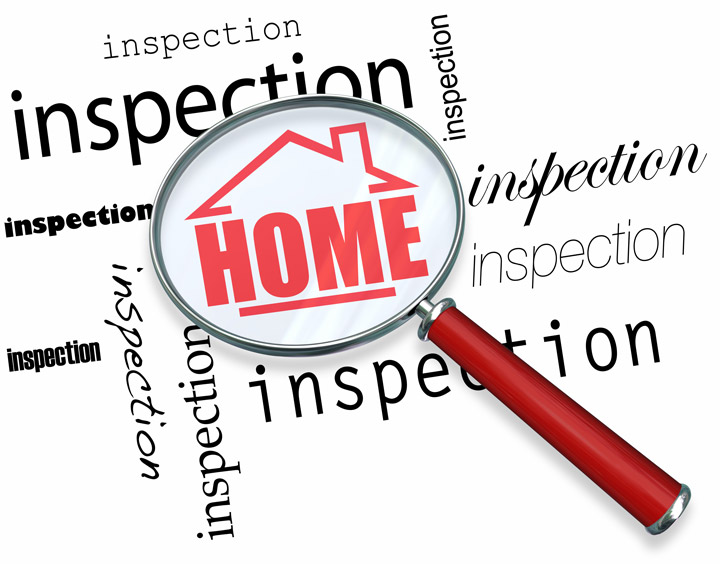
Comprehending AppraisalsPurchasing a home can be the biggest investment some people could ever encounter. It doesn't matter if where you raise your family, a seasonal vacation property or an investment, the purchase of real property is a complex transaction that requires multiple people working in concert to see it through. You're likely to be familiar with the parties having a role in the transaction. The real estate agent is the most familiar person in the exchange. Next, the lender provides the money required to bankroll the transaction. And the title company sees to it that all areas of the transaction are completed and that a clear title passes to the buyer from the seller. So, who's responsible for making sure the real estate is worth the amount being paid? In comes the appraiser. We provide an unbiased estimate of what a buyer might expect to pay — or a seller receive — for a property, where both buyer and seller are informed parties. A licensed, certified, professional appraiser from Omisore Real Estate Appraisals Inc. will ensure, you as an interested party, are informed. Appraisals start with the inspectionOur first responsibility at Omisore Real Estate Appraisals Inc. is to inspect the property to determine its true status. We must actually see features, such as the number of bedrooms and bathrooms, the location, living areas, etc, to ensure they indeed exist and are in the shape a typical buyer would expect them to be. To ensure the stated square footage has not been misrepresented and illustrate the layout of the house, the inspection often requires creating a sketch of the floorplan. Most importantly, we look for any obvious features - or defects - that would affect the value of the house. Once the site has been inspected, an appraiser uses two or three approaches to determining the value of the property: a sales comparison, a replacement cost calculation, and an income approach when rental properties are prevalent. 
Replacement CostHere, the appraiser pulls information on local construction costs, the cost of labor and other elements to figure out how much it would cost to replace the property being appraised. This value usually sets the upper limit on what a property would sell for. It's also the least used predictor of value. 
Paired Sales AnalysisAppraisers get to know the communities in which they work. They innately understand the value of certain features to the people of that area. Then, the appraiser researches recent sales in the vicinity and finds properties which are 'comparable' to the subject at hand. By assigning a dollar value to certain items such as remodeled rooms, types of flooring, energy efficient items, patios and porches, or additional storage space, we add or subtract from each comparable's sales price so that they more accurately match the features of subject property.
After all differences have been accounted for, the appraiser reconciles the adjusted sales prices of all the comps and then derives an opinion of what the subject could sell for. At Omisore Real Estate Appraisals Inc., we are experts in knowing the worth of particular items in Triangle and Prince William County neighborhoods. The sales comparison approach to value is usually given the most consideration when an appraisal is for a real estate exchange. Valuation Using the Income ApproachIn the case of income producing properties - rental houses for example - the appraiser may use a third method of valuing real estate. In this case, the amount of revenue the property produces is taken into consideration along with other rents in the area for comparable properties to give an indicator of the current value. Arriving at a Value ConclusionCombining information from all approaches, the appraiser is then ready to document an estimated market value for the property in question. The estimate of value at the bottom of the appraisal report is not necessarily what's being paid for the property even though it is likely the best indication of what a property is worth. Prices can always be driven up or down by extenuating circumstances like the motivation or urgency of a seller or 'bidding wars'. Regardless, the appraised value is often employed as a guideline for lenders who don't want to loan a buyer more money than they could recover in the event they had to put the property on the market again. The bottom line is, an appraiser from Omisore Real Estate Appraisals Inc. will help you get the most fair and balanced property value, so you can make the most informed real estate decisions. |